It’s Element-ary: Looking at Lines
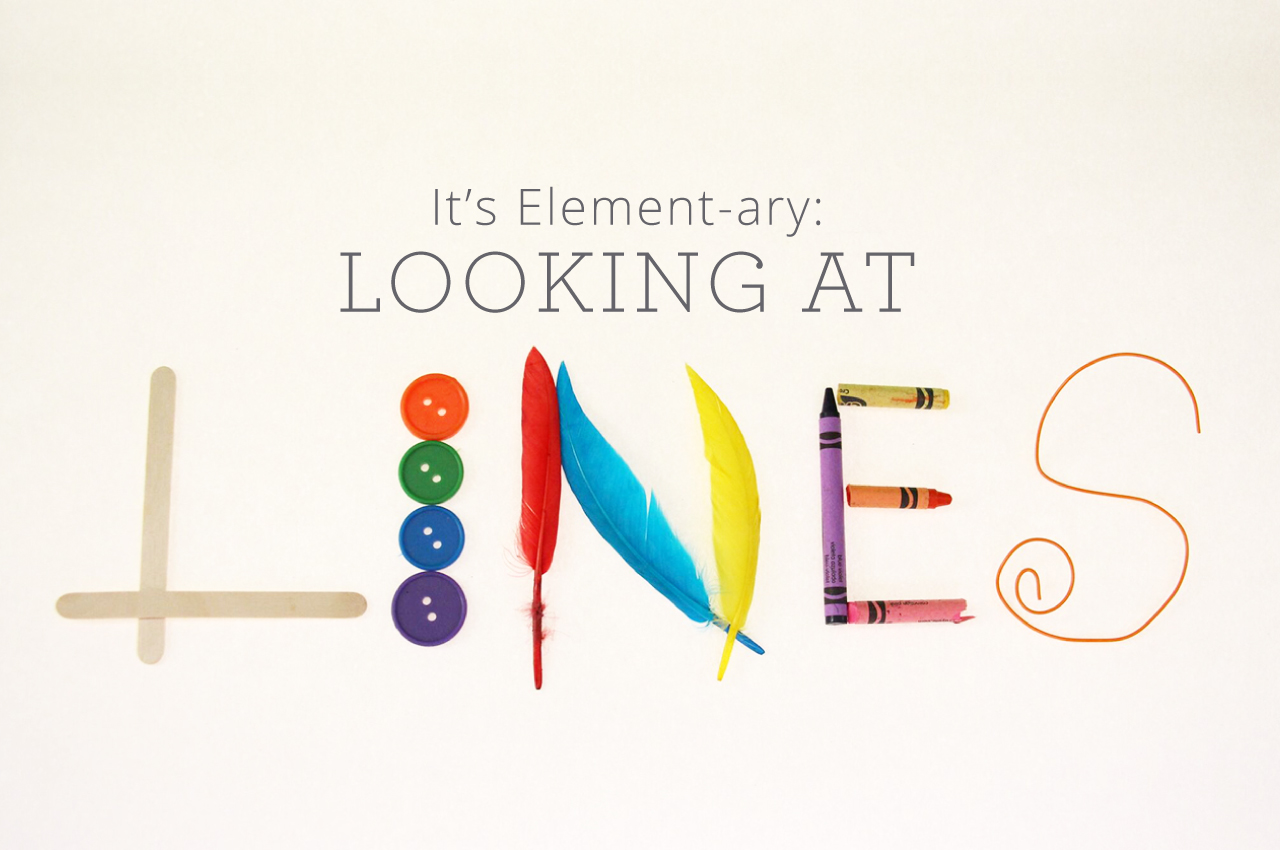
Swirly, twirly, zig zag, straight—artists use all kinds of lines as they paint, draw, sculpt, and more. I often teach children that just like there is a recipe for making cookies, there is a “recipe” for making art. But instead of mixing together eggs and butter and sugar, you mix together things like line, color, and shape. These ingredients are known as the elements of art, and every artist has his/her own way of mixing the ingredients, resulting in all kinds of wonderful art.
I love the recipe analogy because of its flexibility. One recipe cannot make both spaghetti and cake; neither will one art recipe describe every kind of art. And just like you don’t need to know the recipe to enjoy your favorite cookie, you don’t need to know the elements of art to enjoy your favorite painting. However, introducing children to the recipe for art gives them another tool in their toolkit and encourages them to practice using a discriminating eye as they explore the visual arts. For kids who like to know how things work, the elements of art especially allow them to dig into the individual parts that artists put together to create a whole masterpiece.
So let’s pick apart the art recipe and focus on the element of line! A child’s first marks will almost always be lines in the form of exuberant scribbles and lines that go right off the page. Learning to read and write involves making sense of lines. And everywhere we look, from stripes on a t-shirt to painted lines on the highway, there are lines!
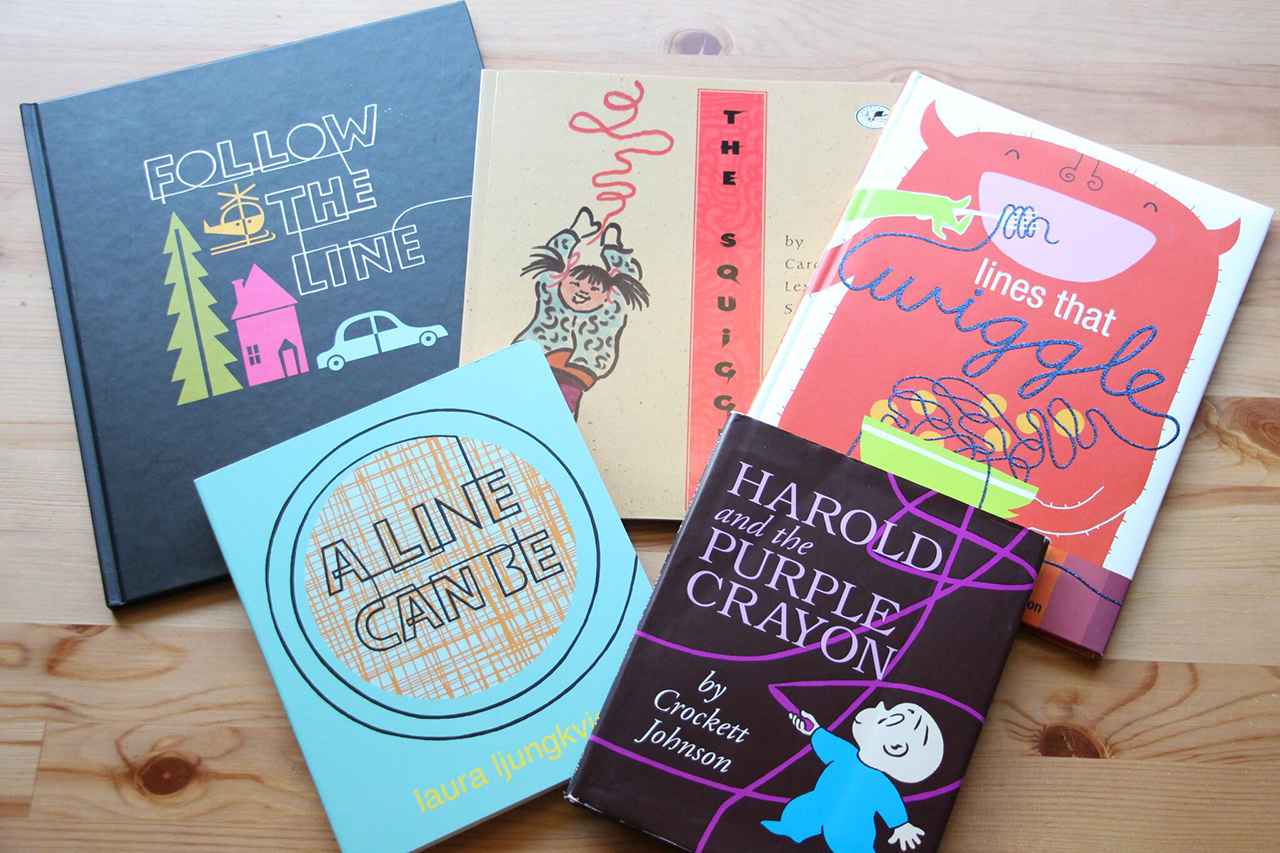
Types of Lines
Begin an exploration of lines by creating a “collection” of lines. Look at picture books, works of art at your local museum, patterns in nature, even in your closet and help your child categorize the different types of lines you see. Collect lines in a sketchbook, in a chart, or in a photo scrapbook and have a conversation about what your child notices. How are the lines different? Which lines are her favorite?
Some of my favorite picks for pictures books about lines:
- Follow the Line and A Line Can Be by Laura Ljungkvist
- Lines that Wiggle by Candace Whitman
- Harold and the Purple Crayon by Crockett Johnson
- The Squiggle by Carole Lexa Schaefer
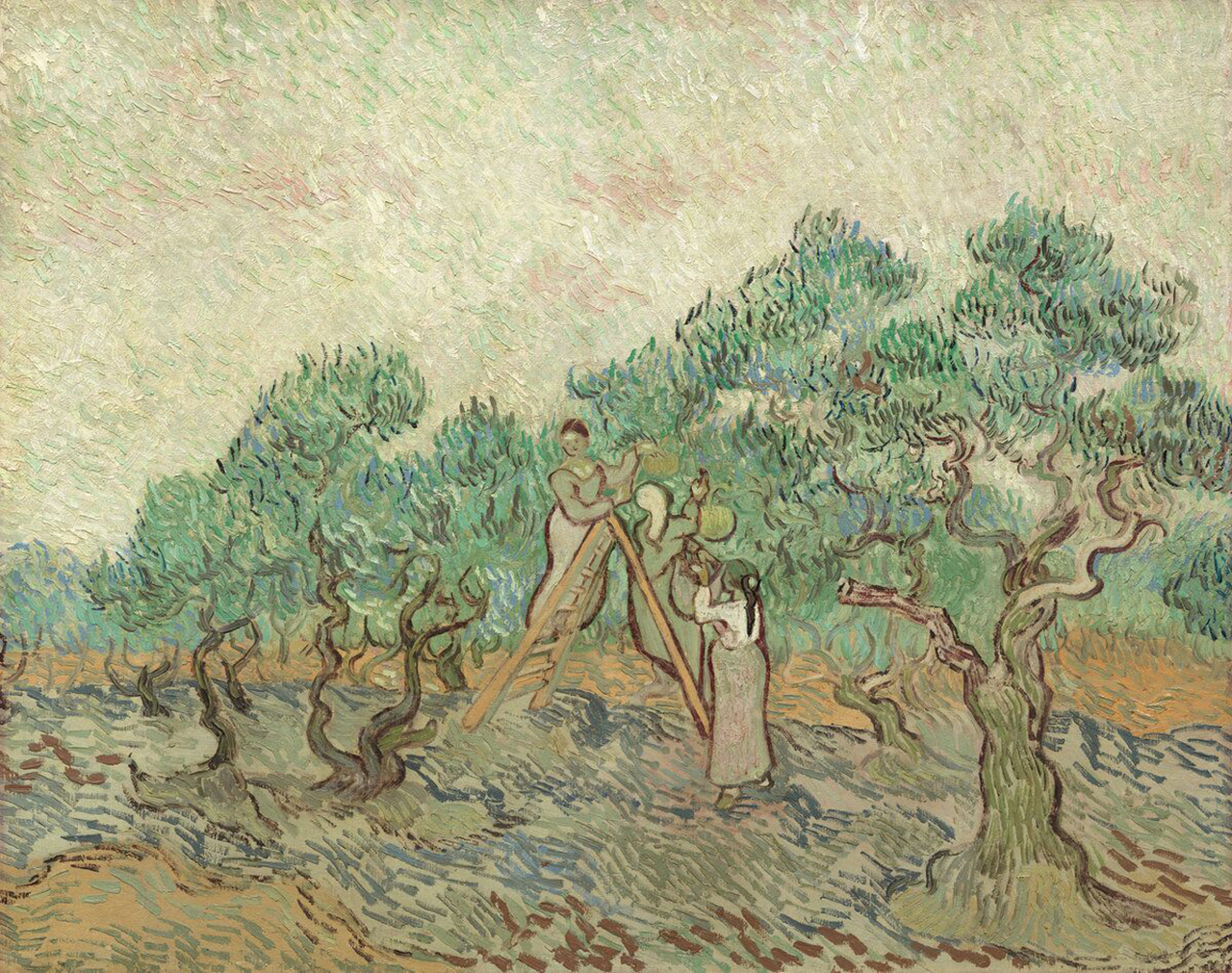
Vincent van Gogh, The Olive Orchard, 1889
Almost every artist uses line in some way or another, but some of my go-to artists that clearly use lines as a key element to their work are: Piet Mondrian, Jackson Pollock, Joan Miro, Romero Britto, and Vincent van Gogh. In a museum setting, have your child look at a work of art and then draw the lines they see in the air or act the lines out with their entire body. At home, physically trace the path of a line on an art poster or an illustration in a book.
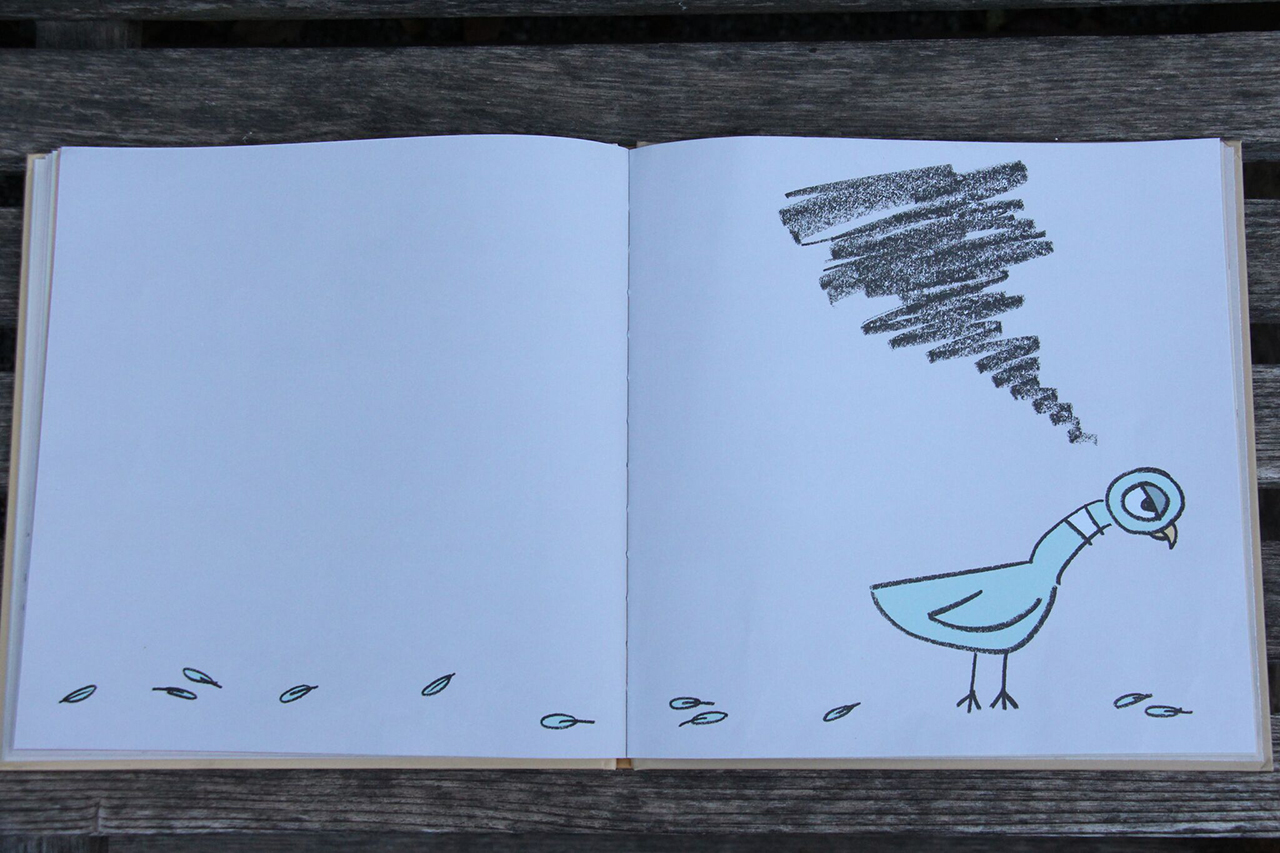
What Lines Can Do
As you investigate lines, you’ll naturally begin to notice all the things lines can do. They can show emotion, create a sense of movement, or define a space. Mo Willems’ style of illustration is pitch perfect when it comes to using line. Pigeon, Elephant, and Piggie all express an entire range of emotion and action with just a few strokes of the pencil. Spend some time browsing your favorite Mo Willems’ picture book or any other cartoon or graphic novel, and search for examples of lines that indicate movement or emotion. What kinds of lines show speed, bouncing, or falling? How can a line suggest fear, excitement, or sadness?
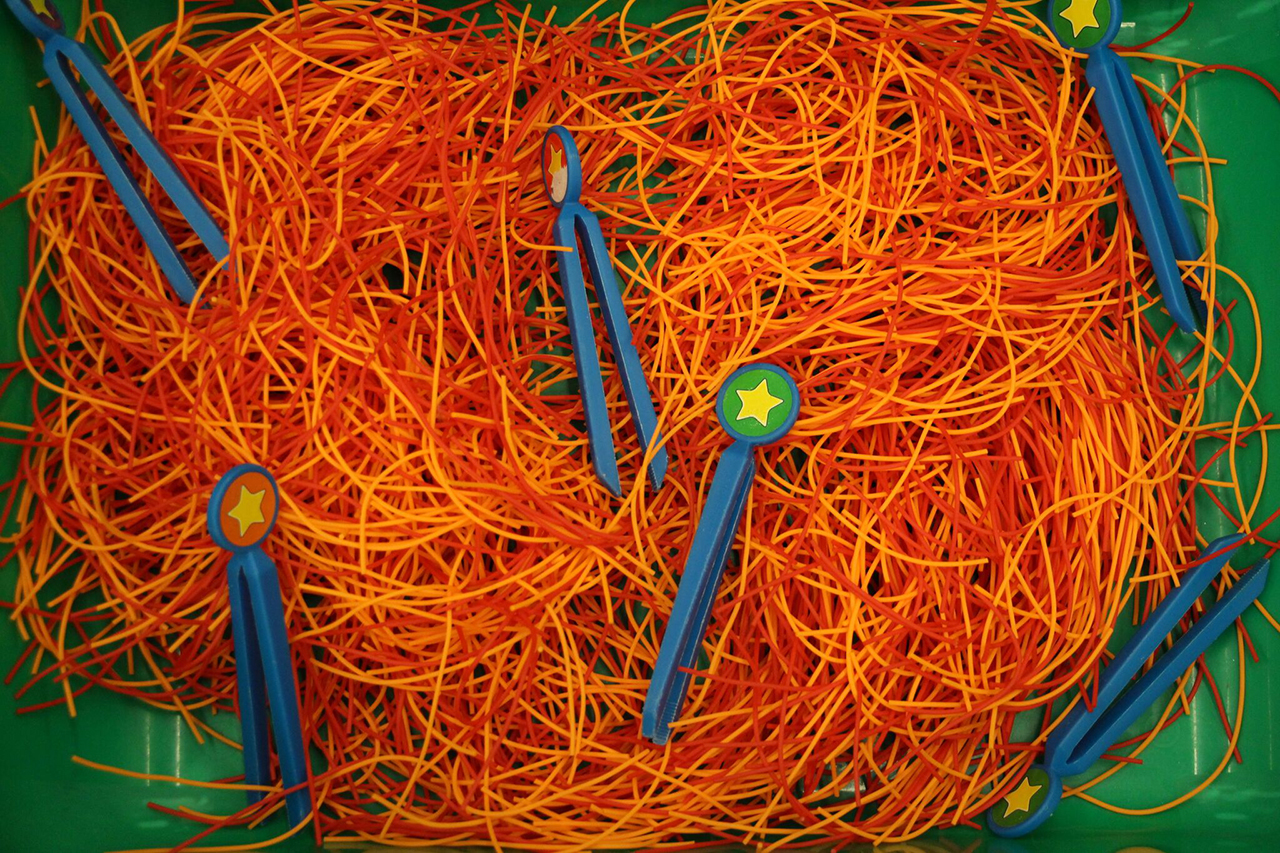
Playing with Lines
After all your investigating and close looking, it’s time to dive right into the wonderful world of lines! Toddlers will love the tactile experience of touching, squishing, throwing, and stirring lines (in the form of noodles!) in a sensory bin. Use either cooked spaghetti or plastic sensory noodles, and encourage your child to twist, turn, bend, and stretch the lines. Throw in plastic tweezers or tongs for some fine motor practice.
For some active line play, draw lines on the sidewalk with chalk or create lines inside your home on the floor with painter’s tape, and have your child follow the line—running, hopping, skipping, jumping, even riding a bike!
When it comes to creating line-inspired art, the possibilities are endless. Practice using rulers to draw straight lines, make a line masterpiece with washi tape, or drag and swirl paint-soaked pieces of yarn across a canvas.
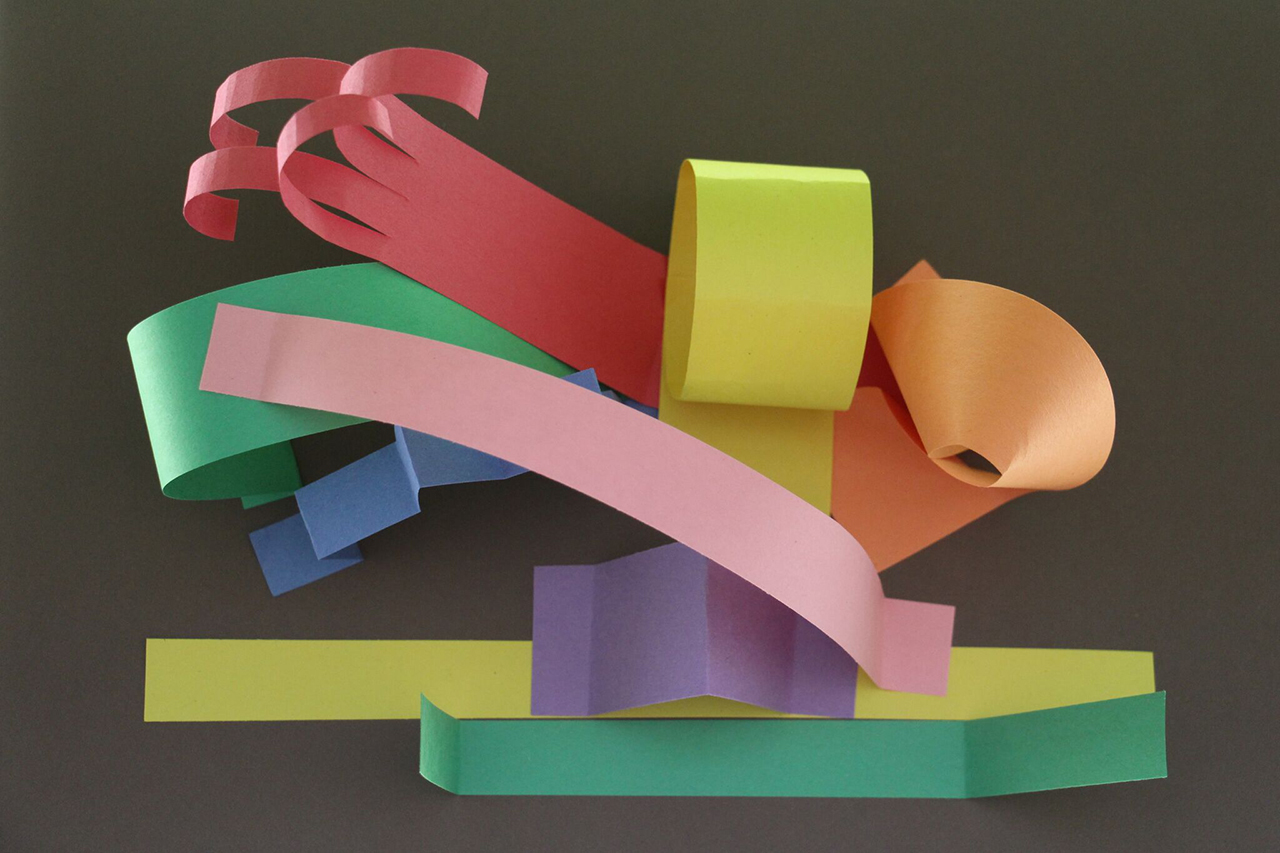
One of my favorite line art projects is making paper line sculptures. All you need is strips of construction paper and a glue stick. Bend, twist, and fold the strips any which way, then glue each end of the paper strip to your base. Your lines will jump off the page!
For even more ideas and resources, take a look at my line-themed Pinterest board.
